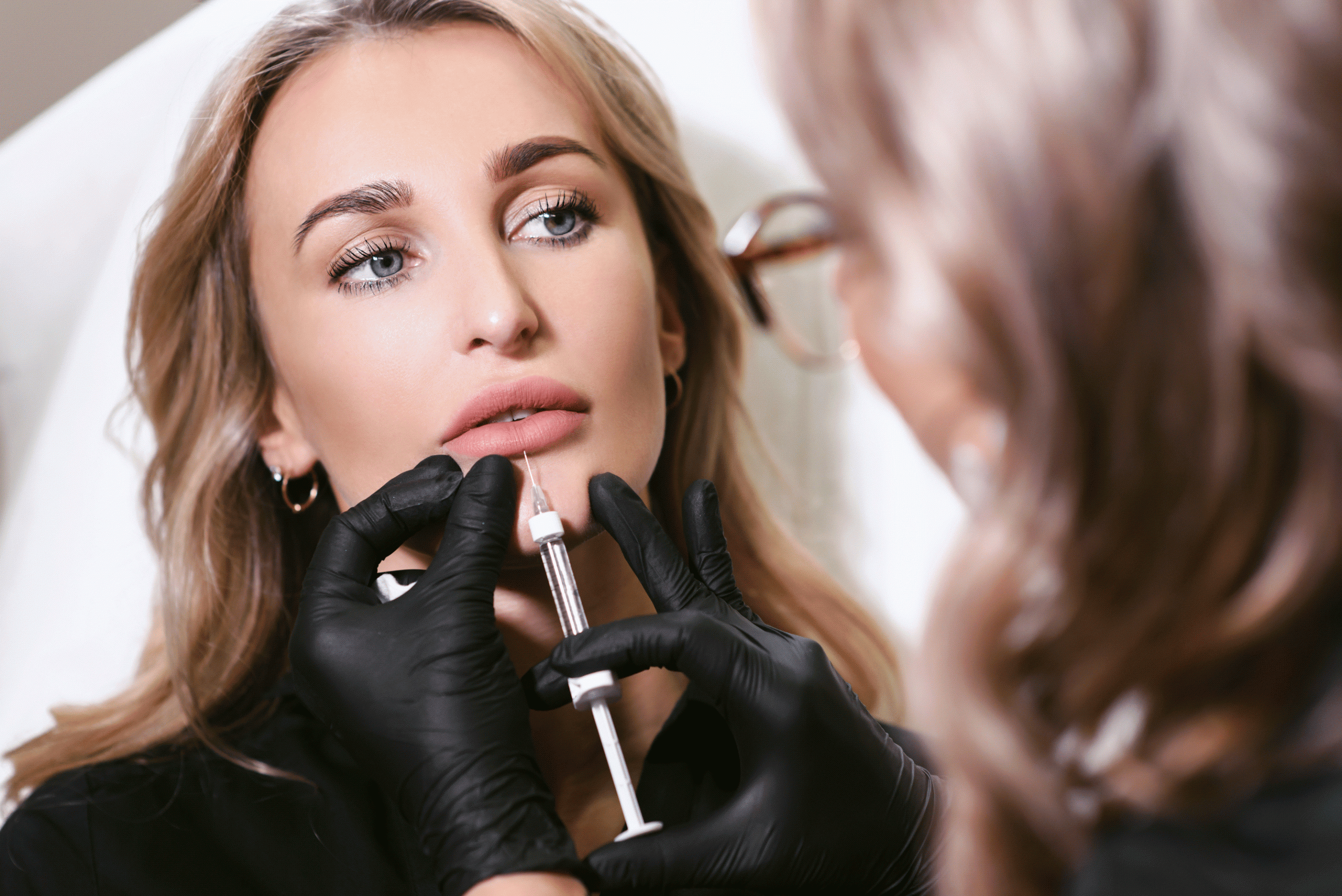
CHEMICAL PEEL AFTERCARE
Here are a few great tips for chemical peel aftercare, so you can maintain the best results from your treatment:
- Hands Off
The main goal of a chemical peel is to loosen and slough off the damaged skin cells, revealing healthy, glowing skin underneath. When the dead skin starts to shed, avoid touching, picking or scratching it with your fingers. Let the dead skin shed off naturally, and don’t peel the skin off with your own fingers – using fingers to remove the dead skin can lead to possible scarring.
- Pull It Back
Pulling your hair back away from the face with a hairband can help prevent itching and irritation, as well as unintentional touching of your face while brushing your hair back. Touching the skin with dirty fingers and hands can aggravate the new skin and may lead to breakouts. If breakouts do occur, don’t treat them yourself! Have your aesthetician treat them for you or just leave them alone.
- Moisturize– But Just Enough to Be Comfortable
After receiving a chemical peel, your skin will be sensitive. There may be certain products in your normal skincare routine that you’ll want to avoid, as they may have active and irritating ingredients. The products you will want to use on your skin during the peeling process are light and gentle, calming moisturizer, and plenty of strong mineral sunblock. The skin feeling and looking dry is part of the peeling process, and your moisturizer won’t be able to correct that.
Hydra balm may be used for the first 24 hrs to calm irritation.
When applying moisturizer to the skin, be careful as well not to rub or scrub it in. You may apply a thin layer of moisturizer all over the skin multiple times throughout the day, as needed. You’ll be able to go back to your regular skincare routine once the peeling process is complete and skin no longer feels sensitive – generally within a week of receiving your chemical peel.
- Protect Your Skin With SPF
You’ve just gone through the process of getting rid of damaged skin with a chemical peel – so it’s important to avoid damaging the new, vulnerable skin coming through by protecting it with a layer of sunscreen anytime exposure to the sun is possible.
Whether sitting by a window, spending time outside, or in front of a screen of any kind, you need to protect your newly brightened skin. Be sure to choose a mineral sunscreen with an SPF of 30 or higher and broad-spectrum high safety ratings – your skin will thank you later!
- Let It Peel
Do not remove any of the dry, dead skin with any sort of rubbing, peeling, or pulling during the peeling process. Exfoliation can be continued after the peeling is complete.
- Lighten Up
Now is a good time to get a custom home care regimen to maintain your newly brightened skin! You want to be sure to have a great antioxidant, which is your first line of defense against free radicals each and every day. Specialized pigment neutralizing serum may be recommended as well!
- Don’t Worry
It’s also a good idea to just read a book and don’t worry about how your skin looks for a few days. The end result is more than worth the investment!
Lastly, if you have any questions or concerns before or after your peel, give us a call right away at Medispa at Choto 865-218-9000.



